Learn about the extraordinary versatility of extruded aluminum and how it may revolutionize your projects. Explore the benefits of this innovative material, from its superior strength-to-weight ratio to its endless design possibilities. Learn about the advanced extrusion process that allows for the creation of custom aluminum profiles tailored to your unique requirements. Whether you’re in the manufacturing, construction, or design industry, this article will uncover the untapped potential of extruded aluminum and how it can elevate your products, structures, and solutions. Unlock the full potential of this remarkable material and unlock new opportunities for your business.
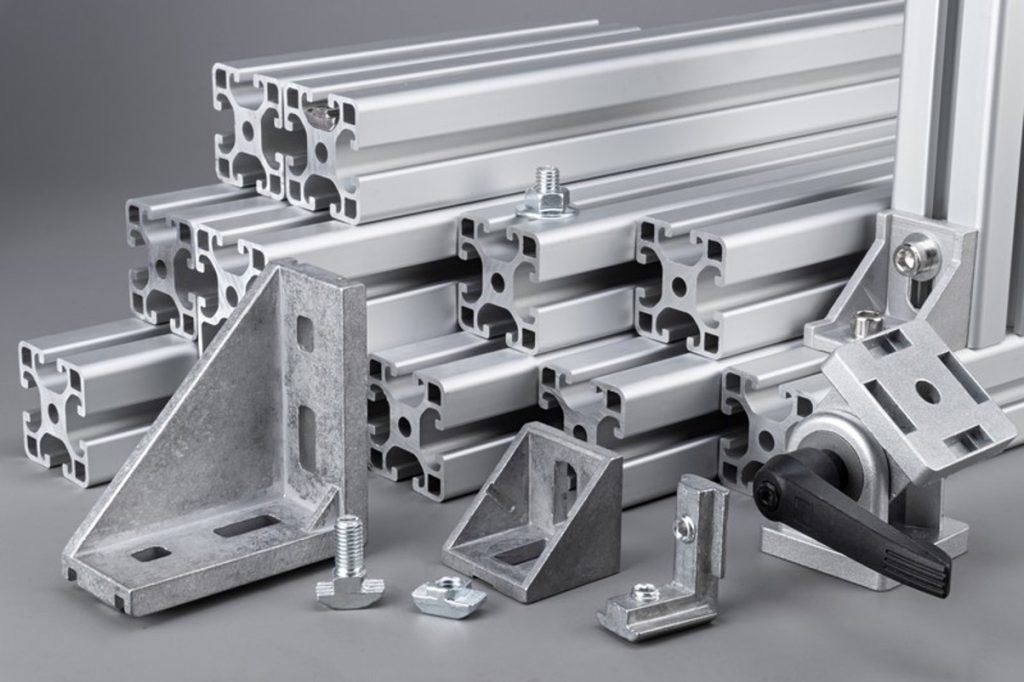
Extruded aluminum is a manufacturing process in which metal is forced through a die or mold to produce a certain cross-section. This technology enables the fabrication of a wide range of aluminum profiles, including:
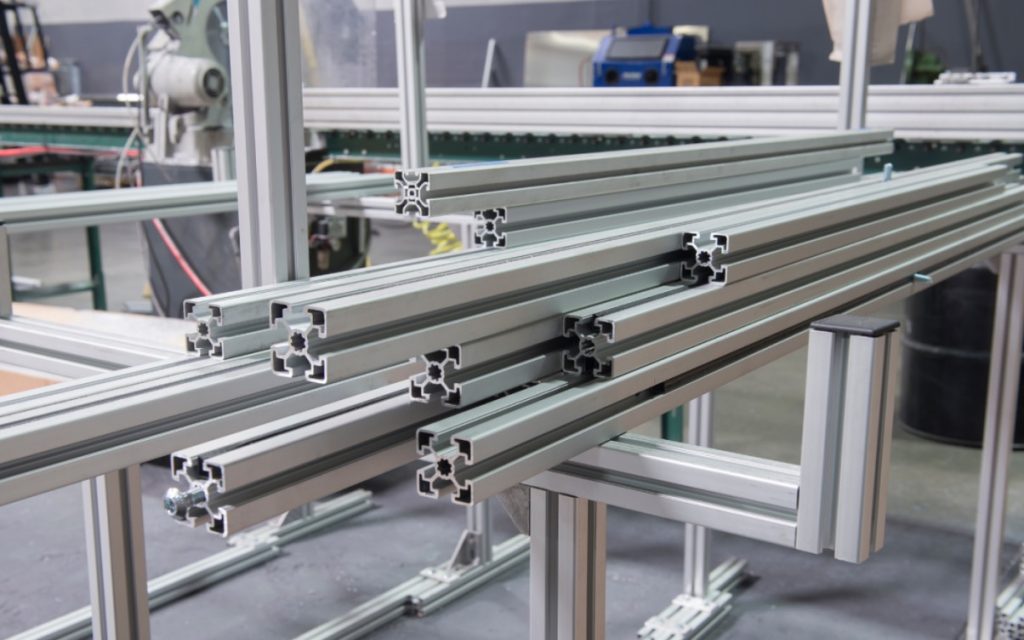
The extrusion method includes heating aluminum billets to a high temperature and then forcing the softened metal through a die at high pressure. This enables the fabrication of complicated, customizable profiles that may be cut to precise lengths and further processed, such as bending, welding, or surface finishing.
Extruded aluminum is widely utilized in a variety of industries due to its mix of desired features, making it a popular choice for a wide range of applications requiring long-lasting, lightweight, and affordable materials.
Extruded aluminum profiles are the numerous forms and cross-sectional configurations that can be manufactured using the aluminum extrusion process. Some popular extruded aluminum profiles are:

These profiles are widely employed in a variety of industries, including construction, transportation, electronics, and industrial equipment, due to their versatility and desired features.
8020 extruded aluminum refers to a specific modular aluminum extrusion system that is widely used in various applications, particularly in the field of industrial automation and machine design.
The “8020” in the name refers to the nominal dimensions of the aluminum profiles, which are typically 80mm (3.15 inches) wide and 20mm (0.79 inches) high. This standardized profile size allows for the creation of a versatile and customizable structural system.
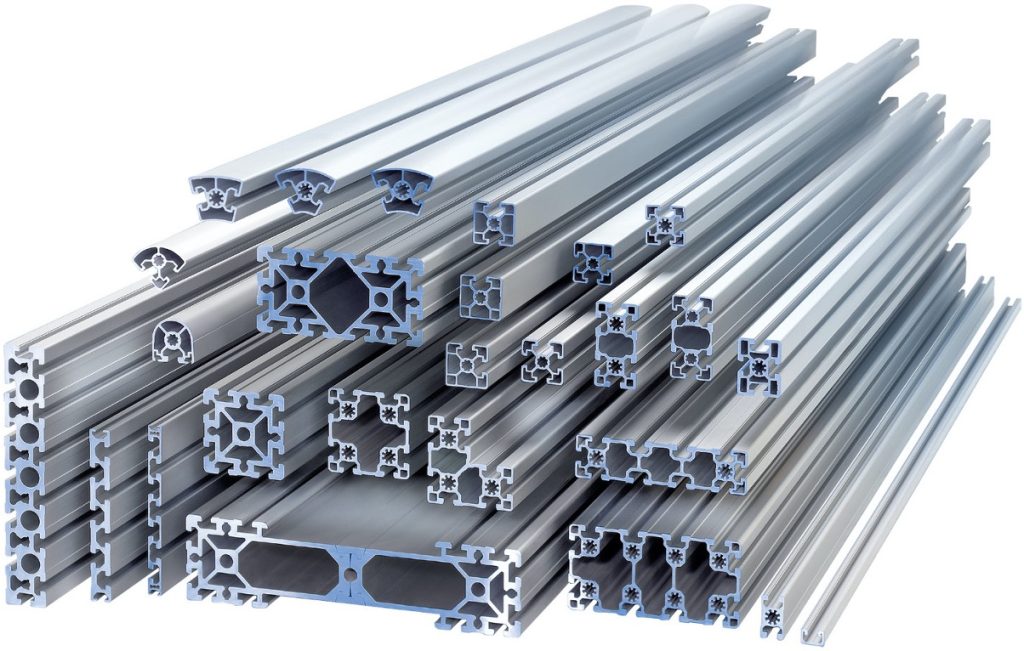
Key features of 8020 extruded aluminum including:
The aluminum profiles are designed with a series of evenly spaced slots or holes, allowing for easy attachment of various accessories and components.
8020 profiles are designed to be connected using a variety of fasteners and joining components, such as:
The modular nature of the connecting system enables the rapid assembly and reconfiguration of 8020 structures.
Thus, this modular approach enables the rapid assembly and reconfiguration of structures, making it highly adaptable to changing needs.
The 8020 system offers a wide range of accessories that can be integrated into the profiles, including:
Extruded aluminum profiles are designed to have high strength and rigidity, making them appropriate for load-bearing applications.
The profiles can be joined together using specialized connectors, creating sturdy and stable structures.
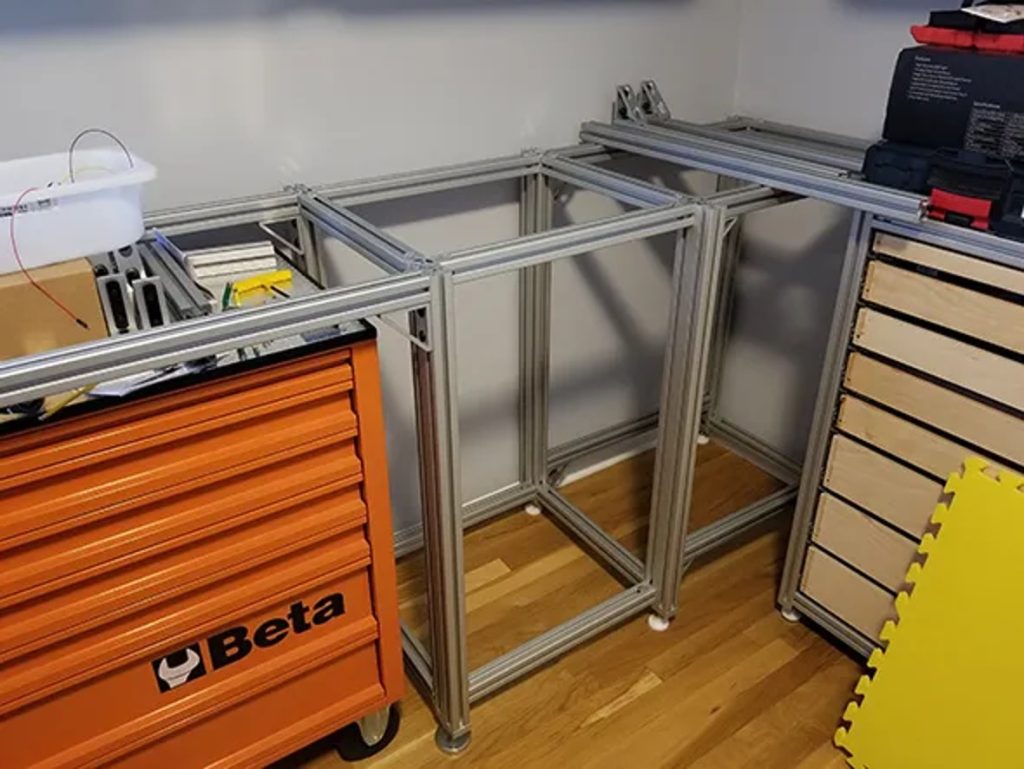
The 8020 system offers a wide range of profile shapes, sizes, and accessories, including beams, plates, brackets, and fasteners.
This versatility allows for the construction of complex structures, machine frames, workstations, and various other industrial and commercial applications.
The modular design of 8020 extruded aluminum simplifies the assembly and modification of structures, enabling rapid prototyping and efficient reconfiguration.
The components are typically easy to cut, drill, and assemble, making the system accessible to both professionals and DIY enthusiasts.
8020 extruded aluminum profiles are typically made from 6000-series aluminum alloys, such as 6063 or 6105, which provide a good balance of strength, corrosion resistance, and machinability.
Furthermore, 8020 extruded aluminum profiles are available in a variety of finishes. Common finishes for 8020 profiles include:
These fundamental properties make the 8020 extruded aluminum system popular in industries such as automation, robotics, material handling, and equipment manufacture, where flexible, modular, and high-quality structural solutions are required.
Custom extruded aluminum is the process of developing and manufacturing one-of-a-kind aluminum profiles to meet specific applications or needs. This involves creating custom dies or molds to produce aluminum extrusions with unique cross-sectional shapes, sizes, and features.
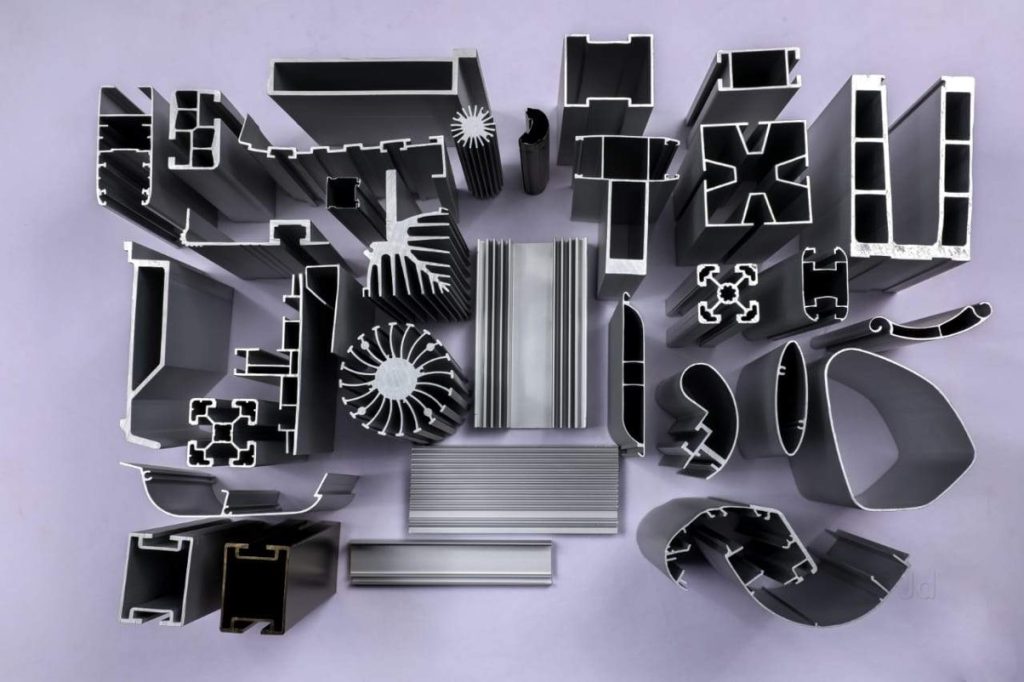
The custom extrusion process starts with the development of a design concept, often in collaboration between the customer and the extruder.
Engineers work to analyze the required functionality, structural integrity, and aesthetic considerations to determine the optimal cross-sectional profile.
Computer-aided design (CAD) software is utilized to generate detailed 3D models and engineering drawings for the proposed extrusion.
Finite element analysis (FEA) may be employed to simulate the performance of the custom extrusion and ensure it meets the necessary specifications.
Once the design is finalized, a specialized die or mold is fabricated to shape the aluminum during the extrusion process.
Die manufacturing typically involves computer-controlled machining techniques, such as CNC milling, to create the intricate profile geometry.
The die is built of tool steel or other high-strength materials that can endure the extrusion process’s high temperatures and pressures.
The die is carefully developed and engineered to produce consistent, high-quality extrusions.
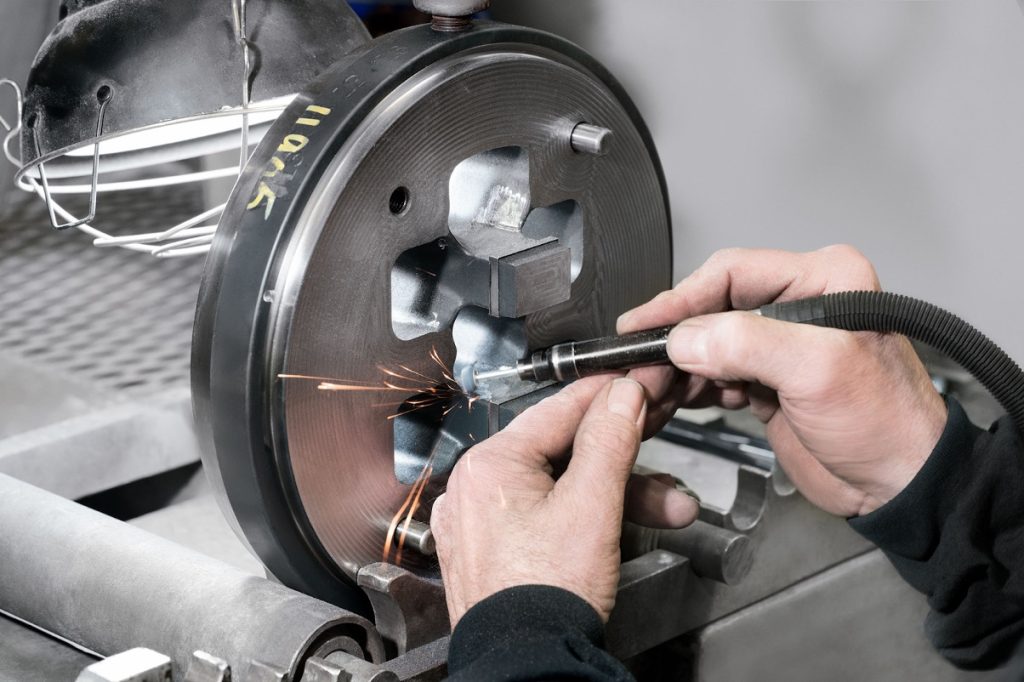
The extrusion technique for custom profiles is similar to regular aluminum extrusion, but with certain modifications to match the distinctive design.
Aluminum billets or logs are heated to the appropriate temperature, typically around 800°F (425°C), to soften the metal.
The softened aluminum is then forced through the custom die under high pressure, typically between 1,000 to 70,000 psi (7 to 480 MPa).
As the aluminum flows through the die, it takes on the desired cross-sectional shape, which can include complex features, cavities, and profiles.
The extruded profile is then cooled, trimmed to length, and maybe further processed, such as surface treatment or machining.
Strict quality control methods are used throughout the custom extrusion process to assure dimensional accuracy, surface finish, and structural integrity.
Advanced measurement techniques, such as laser scanning and coordinate measuring machines, are used to verify the dimensional characteristics of the custom extrusions.
Ongoing process optimization and fine-tuning of the die design and extrusion parameters are essential to maintain consistent, high-quality custom extrusions.
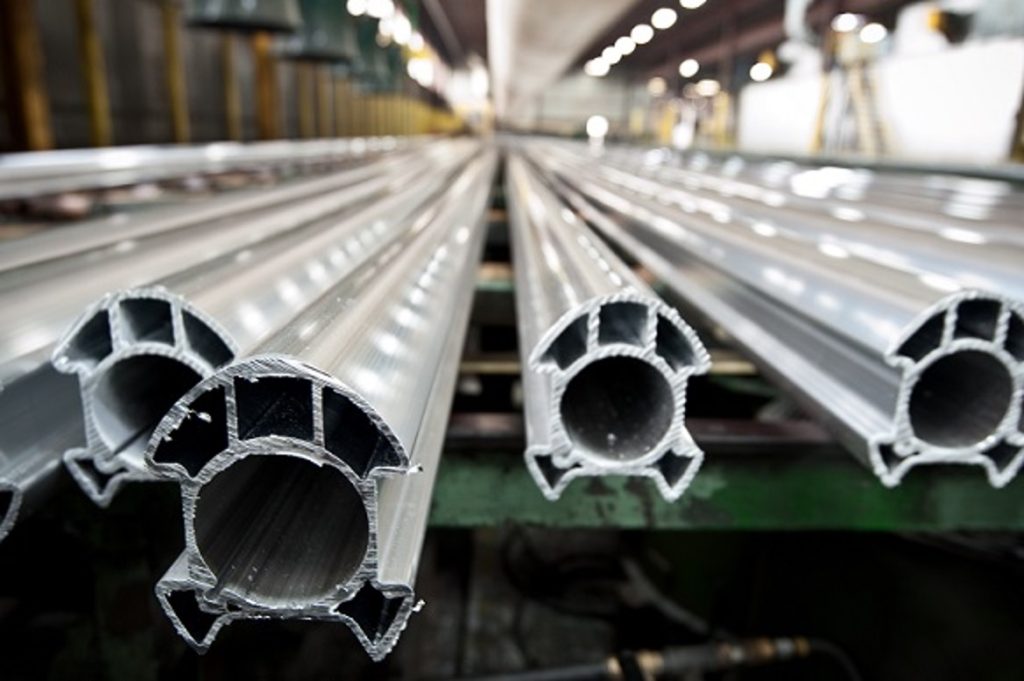
Custom extruded aluminum offers a high degree of design flexibility, enabling manufacturers to create unique, tailored solutions that meet their specific functional and aesthetic requirements. The combination of advanced engineering, precision die manufacturing, and optimized extrusion processes allows for the production of custom aluminum profiles that are not possible with standard off-the-shelf extrusions.
Key features of custom extruded aluminum include:
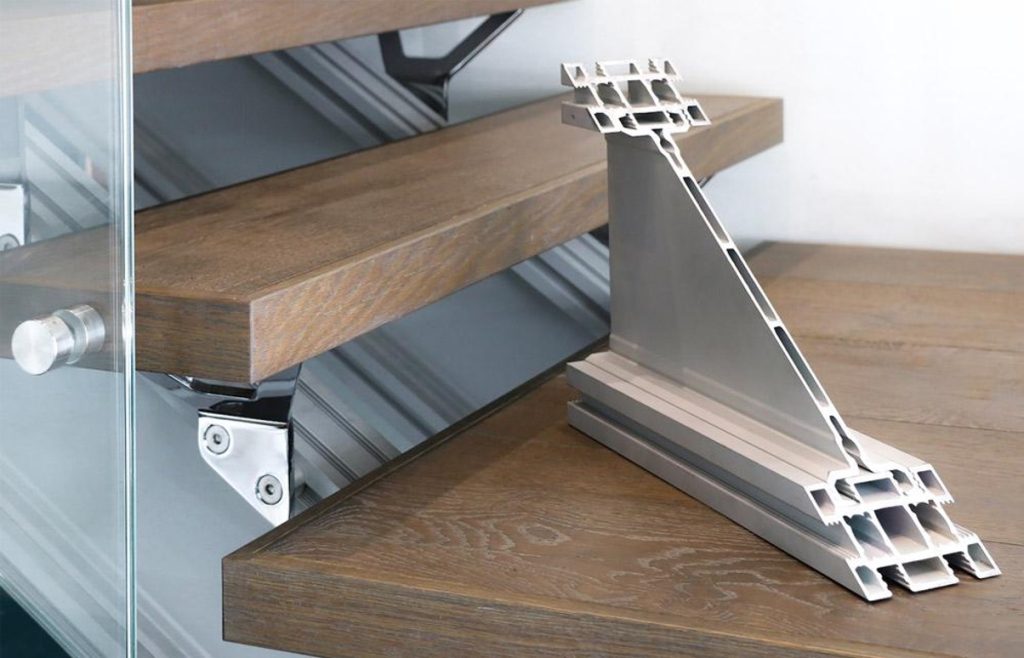
Custom extruded aluminum is often utilized in the following applications:
The ability to create custom extruded aluminum profiles enables manufacturers to differentiate their products, optimize performance, and meet unique design requirements, making it a valuable tool in various industries.
As we’ve discovered, extruded aluminum is a remarkable material that offers unparalleled versatility for a wide range of applications. From its superior strength and lightweight properties to its ability to be customized to unique specifications, extruded aluminum continues to push the boundaries of what’s possible in modern design and engineering. Whether you’re looking to optimize industrial processes, construct innovative structures, or create one-of-a-kind products, Stavian Industrial Metal provides the tools and solutions you need to turn your vision into reality. By embracing the full potential of this remarkable material, you can unlock new levels of performance, efficiency, and innovation that will set your projects apart from the rest.
EXPLORE MORE
Address
Website: https://stavianmetal.com
Email: info@stavianmetal.com
